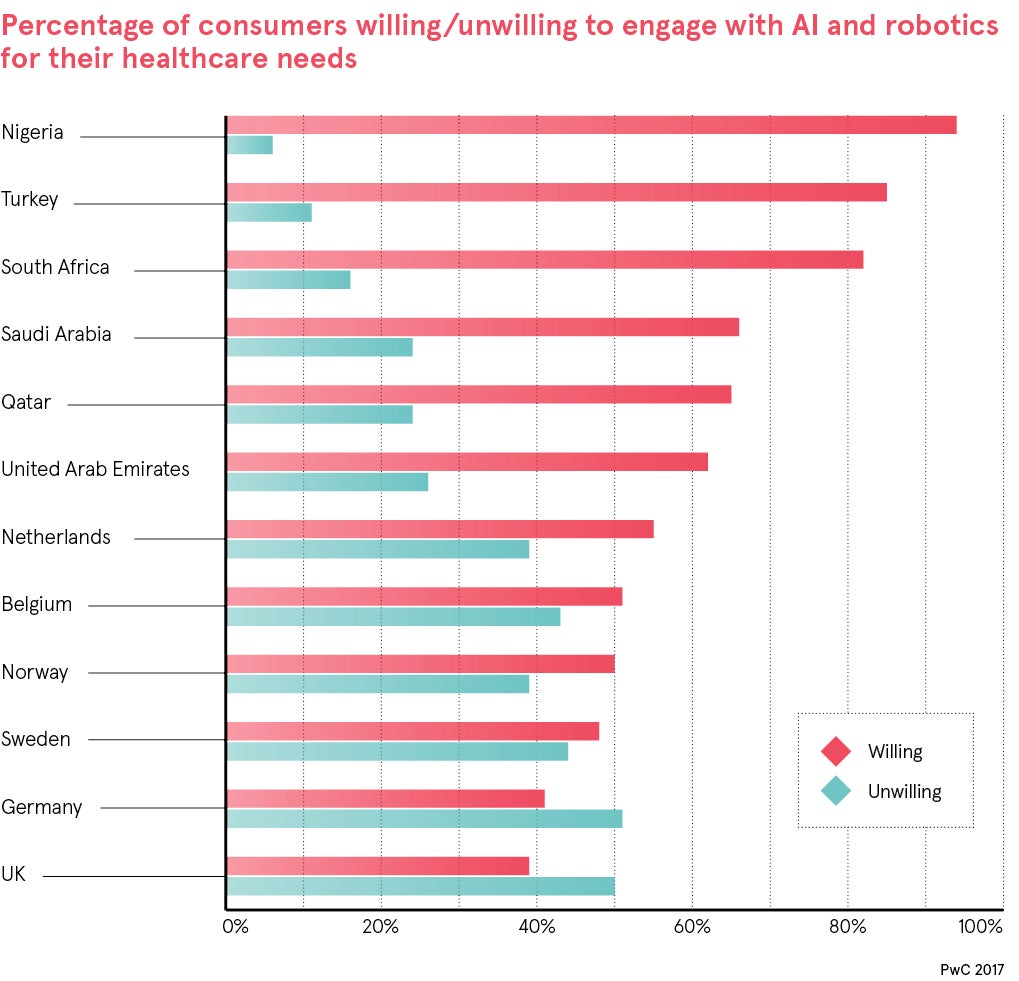Almost a third of all human deaths in the world are caused by cardiovascular disease (CVD), so encouraging news about breakthrough developments in diagnoses powered by machine-learning is enough to make your heart skip a beat.
Traditionally, healthcare providers are sluggish to embrace technology and, in addition, the industry is highly regulated, understandably so as people’s lives are at stake. However, the growing evidence that machine-learning should be fully utilised is becoming overwhelming.
The meshing of big data and machine-learning enables much speedier and accurate diagnostic processes. It is already proving life-saving in healthcare in general and for those with CVD specifically as related conditions can be identified early, and impending strokes and heart attacks spotted in advance.
Machine-learning is this century’s penicillin
“Organisations big and small are applying machine-learning to provide solutions to problems ranging from the collection and interpretation of ultrasound images to diagnosing heart conditions closer to the level of accuracy previously only seen in invasive testing, to solutions looking at the blood vessels in the eye or the electromechanical signals of the heart to predict cardiovascular risk,” says Ross Upton, chief executive of Ultromics, which develops echo-based diagnostic support tools for coronary artery disease.
“The impact of machine-learning will be as transformational to modern medicine as the discovery of penicillin was in the last century,” enthuses Dr Mitesh Patel, UK medical director of health insurers Aetna International. “Machine-learning has the ability to spot signs of disease sooner than a clinician by comparing more complicated datasets and by reading heart scans at a lower error rate.
“It will read scans more quickly, with more accuracy and allow physicians to support patients by alleviating their workload. Looking ahead, machine-learning will enable low-cost diagnostics to be widely available, providing earlier and more accurate CVD diagnosis than ever before.”
Costs of CVD to healthcare are on the up
Developments in machine-learning diagnosis have come at a critical time. “Life expectancy in Britain is anticipated to increase to 85 years for a woman and 83 years for a man by 2030,” says Dr Ronak Rajani, a cardiologist at The Harley Street Clinic, part of HCA Healthcare UK. “If we plot the leading causes of mortality across varying decades, after the age of 50, CVD is top and continues to rise with each decade of life.
“Unsurprisingly, CVD is one of the leading costs to healthcare systems in developed countries. Indeed, it is estimated that by 2030 the cost of CVD alone for governments will far exceed that of the annual military defence budget.
“The problem with big data is that it is too vast, complex, heterogeneous and changes too quickly for it to be used effectively by humans. The brain of a radiologist reporting eight cardiac computed tomography scans in an afternoon must process in excess of 650 million voxels of data, and needs to provide an accurate diagnosis and opinion based on the latest evidence.”
Machine-learning’s real benefit is in diagnosis
This is where machine-learning can make life much easier. Niamh McKenna, Accenture’s UK health lead, points to an encouraging project in India. “The cloud-based electrocardiogram (ECG) machine, developed by the startup company Tricog, is having a hugely positive impact in even the most remote locations in the country,” she says. “It has changed the 80 per cent chance that a heart attack will take a life to an 80 per cent chance that the patient survives.”
Closer to home, the European Union-funded CardioFunXion project involves 3D heart modelling and imagery-based diagnosis. Now tech titans are entering the market, which is expected to be worth $8.7 trillion (£6.6 trillion) by 2020. Google has an artificial intelligence (AI) algorithm that can predict CVD by scanning the back of a patient’s eye. And in August Amazon hired Dr Maulik Majmudar, a leading cardiologist, for an undisclosed role.
Dr Rahul Potluri, clinical lecturer in cardiology at Aston Medical School, notes how widespread rollout of heart-tracing sensors is expected “due to the development of the feature on the Apple Watch and other such devices”. He continues: “Potentially the ability to monitor heart rhythms remotely in real time is possible and certainly likely to improve diagnosis.”
Predicting heart attacks with Formula 1 speed
A team at the nearby Birmingham Children’s Hospital, led by Heather Duncan, has recently completed a pioneering study known as RAPID (real-time adaptive and predictive indicator of deterioration), the first of its type in the world. “This wireless monitoring is different from many other big-data situations,” says Dr Duncan, “because the processing is happening in real time and is based on McLaren Formula 1 telemetry.
“The most recent version of RAPID can give us ten hours’ warning [before a cardiac arrest], rather than the four hours using routine methods. I’m very excited because I believe that soon all patients will be monitored wirelessly, and machine-learning and smart alarms are the future.”
Jeroen Tas, chief innovation and strategy officer for Philips, whose organisation last year launched HeartModel, providing automated 3D echocardiographic analysis, insists cardiologists are urging powerbrokers to embrace machine-learning. “Our Future Health Index shows that globally cardiologists are more likely than healthcare professionals, on average, to use connected-care technology in their practice in any way – 76 per cent versus 65 per cent,” he says.
But sounding a caution, Accenture’s Ms McKenna adds: “The potential for machine-learning in CVD diagnosis is huge, but there are concerns that AI may raise some difficult ethical questions. It is vital we use AI responsibility, with machines spotting anomalies, but humans using judgment and care to avoid bias.” Matters of the heart are seldom straightforward.
Machine-learning is this century's penicillin
Costs of CVD to healthcare are on the up


